 Welcome to BrainChanger Face Reading.You can read the features of your face and understand your personality. These are the notes that were taken on 500 faces in our office.Just look straight into the mirror and read these nine attributes of your character.Eyes - worldviewShape across bottom lid - opennessStraight - waryCurved - open Depth - assertivenessDeepset - laid back and waitingProtruding - reactive and dominating Width - focusClose set - detail orientedFar set - trend setter Eyelids - intimacyThick - likes intimacyThin - prefers detachment Eyebrows - thinkingThickness - thinking qualityUniformly thick - powerful thinkerThick at beginning - great starter Thick at end - great finisher Thin - fewer ideas Hairs - ideasContradictory - given to conflictScattered - disconnected thinking Root hairs - early bloomer Across - constant thinking, insomnia Shape - orientationCurved - peopleStraight - ideas Angular - conflict Height - patienceHigh above eyes - patientLow above eyes - impulsive Ears - learningSize - listeningLarge - listening to peopleSmall - listening to self Position - speedHigh - quick learnerLow - careful learner Flare - conformityStickout - rebelClose - conformist Nose - ambitionTip - money consciousnessLarge - schemer and plannerSmall - uninterested in money Turned down - shrewd Turned up - impetuous Nostrils - spendingLarge - spenderSmall - tightwad Roots - family connectionAmple - family supportLacking - social detachment Length - careerLong - leads others to workShort - hard worker Shape - work styleStraight - logicHump - creativity Swayed - intuition Padding - peoplePadded - need peopleUnpadded - loner Cheeks - leadershipBones - fameProminent - boldSmall - private Pads - recruitmentHeavy - draws followersLight - works alone Width - courageWide set - confidentClose set - steady Shape - personalityLarge cheeks - leadershipTapering toward chin - passion Expanding toward jaws - peacemaker Flat cheeks - polite Jaws - staminaLarge - physically strongSmall - delicate constitution Chin - willpowerSize - aggressionLarge - demandingSmall - compliant Width - survivalWide - toughNarrow - tender Shape - battlesCurved - peopleStraight - ideas Angular - control Mouth - expressionSize - funLarge - socialSmall - sincere Upper lip - expression of thoughtThick - outspokenThin - secretive Lower lip - expression of emotionThick - persuaderThin - reserved Teeth - decisionsEven - poisedGaps - joker Big front teeth - stubborn Small front teeth - selfless Crooked - conflicted Buck - shy Underbite - aggressive Angles - interpretationEyes - life viewAngle down - pessimistStraight - realist Angle up - optimist Mouth - spoken philosophyAngle down - pessimistStraight - realist Angle up - optimist Areas - prioritiesForehead - thinkingLargest of three - intellectualSmallest of three - nonacademic Nose - ambitionLargest of three - drivenSmallest of three - content Mouth-sensualityLargest of three - earthySmallest of three - nonphysical |






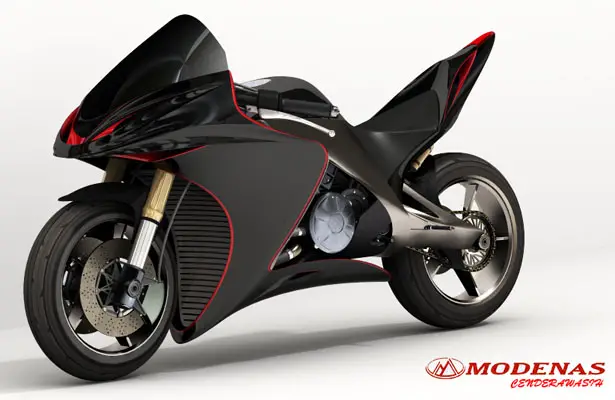
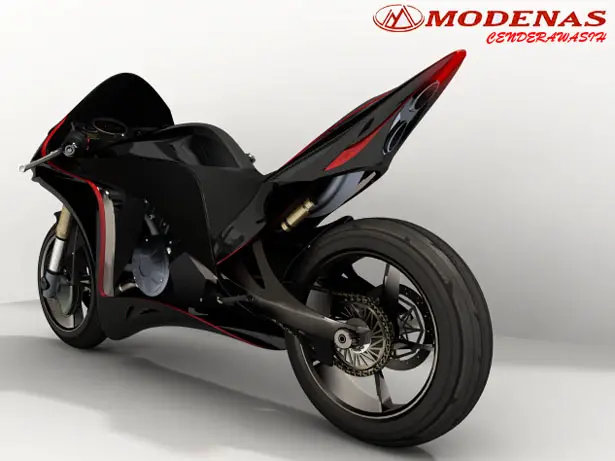
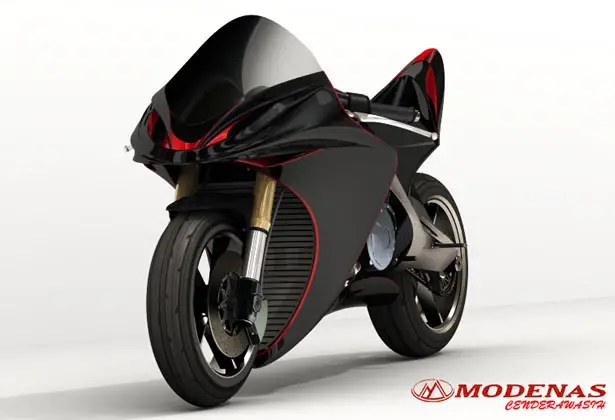
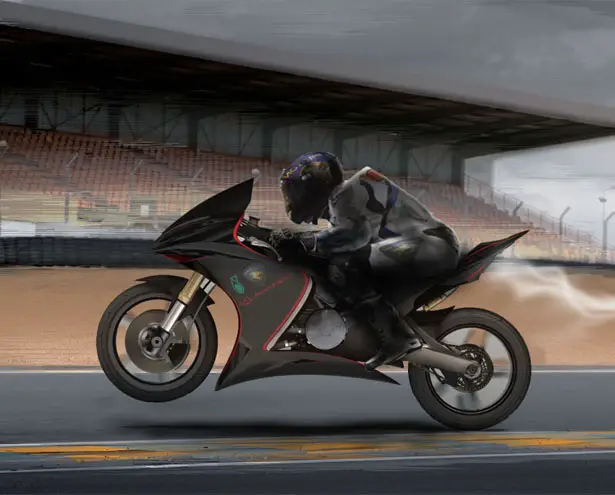

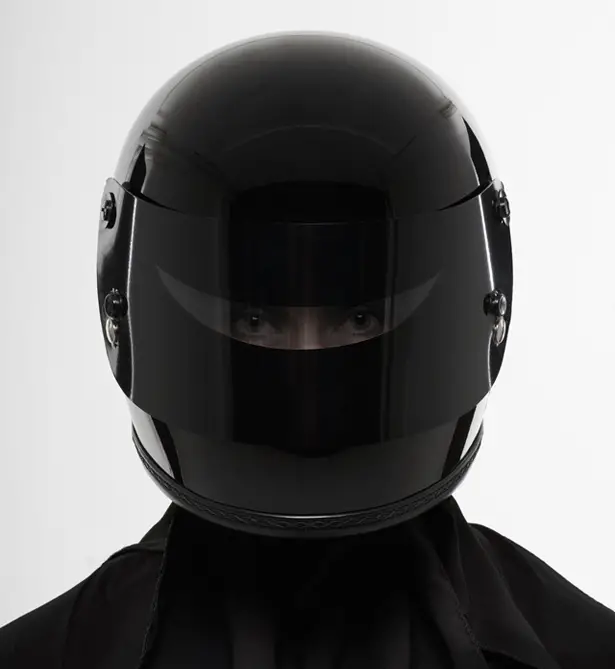

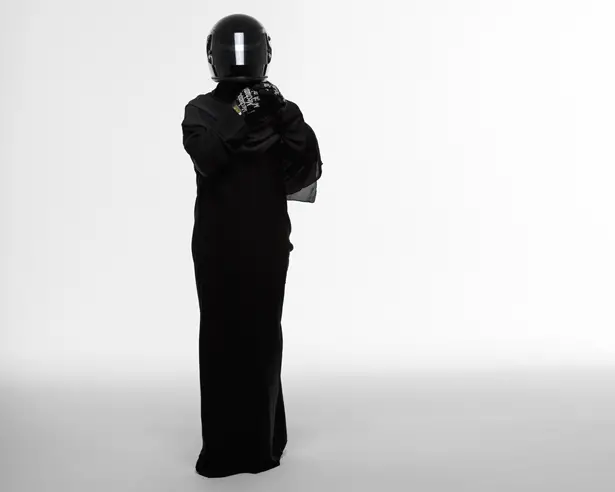
 Industrial robots are found in a variety of locations including the automobile and manufacturing industries. Robots cut and shape fabricated parts, assemble machinery and inspect manufactured parts. Some types of jobs robots do: load bricks, die cast, drill, fasten, forge, make glass, grind, heat treat, load/unload machines, machine parts, handle parts, measure, monitor radiation, run nuts, sort parts, clean parts, profile objects, perform quality control, rivet, sand blast, change tools and weld.
Industrial robots are found in a variety of locations including the automobile and manufacturing industries. Robots cut and shape fabricated parts, assemble machinery and inspect manufactured parts. Some types of jobs robots do: load bricks, die cast, drill, fasten, forge, make glass, grind, heat treat, load/unload machines, machine parts, handle parts, measure, monitor radiation, run nuts, sort parts, clean parts, profile objects, perform quality control, rivet, sand blast, change tools and weld. Farmers drive over a billion slooooww tractor miles every year on the same ground. Their land is generally gentle, and proven robot navigation techniques can be applied to this environment. A robot agricultural harvester named
Farmers drive over a billion slooooww tractor miles every year on the same ground. Their land is generally gentle, and proven robot navigation techniques can be applied to this environment. A robot agricultural harvester named  Some robots are used to investigate hazardous and dangerous environments. The
Some robots are used to investigate hazardous and dangerous environments. The  Via satellite, Dante II sent back visual information and other data, as well as received instruction from human operators at control stations in Anchorage, Washington D.C., and the NASA Ames Research Center near San Francisco. Dante II saves volcanologists from having to enter the craters of active volcanoes. It also demonstrates the technology necessary for a robot to explore the surface of the moon or planets. That is, the robot must be able to walk on rough terrain in a harsh environment, receive instructions from remote operators about where to go next, and reach those commanded goals autonomously.
Via satellite, Dante II sent back visual information and other data, as well as received instruction from human operators at control stations in Anchorage, Washington D.C., and the NASA Ames Research Center near San Francisco. Dante II saves volcanologists from having to enter the craters of active volcanoes. It also demonstrates the technology necessary for a robot to explore the surface of the moon or planets. That is, the robot must be able to walk on rough terrain in a harsh environment, receive instructions from remote operators about where to go next, and reach those commanded goals autonomously. vehicle (TROV) into the freezing Arctic Ocean waters to investigate the remains of a whaling fleet lost in 1871. The TROV was tethered to the surface boat Polar Star by a cable that carried power and instructions down to the robot and the robot returned video images up to the Polar Star. The TROV located two ships which it documented using stereoscopic video cameras and control mechanisms like the ones on the Mars Pathfinder. In addition to pictures, the TROV can also collect artifacts and gather information about the water conditions. By learning how to study extreme environments on earth, scientists will be better prepared to study environments on other planets.
vehicle (TROV) into the freezing Arctic Ocean waters to investigate the remains of a whaling fleet lost in 1871. The TROV was tethered to the surface boat Polar Star by a cable that carried power and instructions down to the robot and the robot returned video images up to the Polar Star. The TROV located two ships which it documented using stereoscopic video cameras and control mechanisms like the ones on the Mars Pathfinder. In addition to pictures, the TROV can also collect artifacts and gather information about the water conditions. By learning how to study extreme environments on earth, scientists will be better prepared to study environments on other planets. An ROV can be an unmanned spacecraft that remains in flight, a lander that makes contact with an extraterrestrial body and operates from a stationary position, or a rover that can move over terrain once it has landed. It is difficult to say exactly when early spacecraft evolved from simple automatons to robot explorers or ROVs. Even the earliest and simplest spacecraft operated with some preprogrammed functions monitored closely from Earth. One of the best known ROV's is the
An ROV can be an unmanned spacecraft that remains in flight, a lander that makes contact with an extraterrestrial body and operates from a stationary position, or a rover that can move over terrain once it has landed. It is difficult to say exactly when early spacecraft evolved from simple automatons to robot explorers or ROVs. Even the earliest and simplest spacecraft operated with some preprogrammed functions monitored closely from Earth. One of the best known ROV's is the  often used in industry and manufacturing. The mechanical arm recreates many of the movements of the human arm, having not only side-to-side and up-and-down motion, but also a full 360-degree circular motion at the wrist, which humans do not have. Robot arms are of two types. One is computer-operated and programmed for a specific function. The other requires a human to actually control the strength and movement of the arm to perform the task. To date, the NASA
often used in industry and manufacturing. The mechanical arm recreates many of the movements of the human arm, having not only side-to-side and up-and-down motion, but also a full 360-degree circular motion at the wrist, which humans do not have. Robot arms are of two types. One is computer-operated and programmed for a specific function. The other requires a human to actually control the strength and movement of the arm to perform the task. To date, the NASA 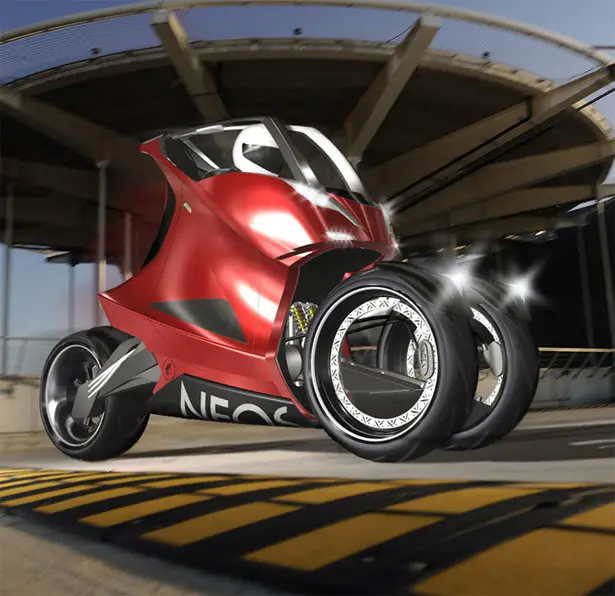
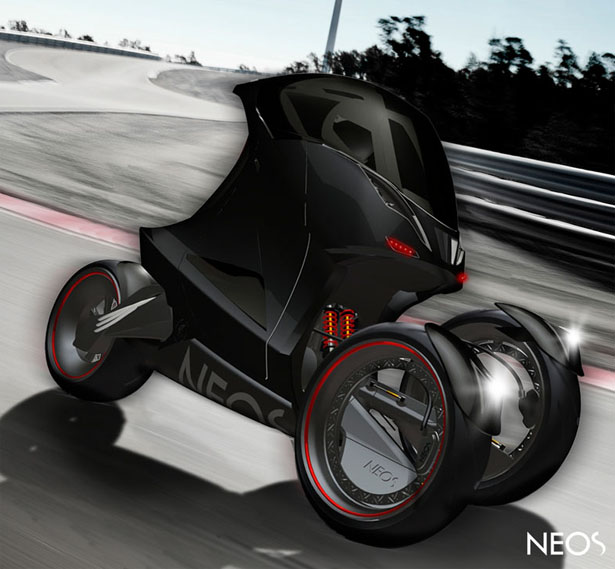
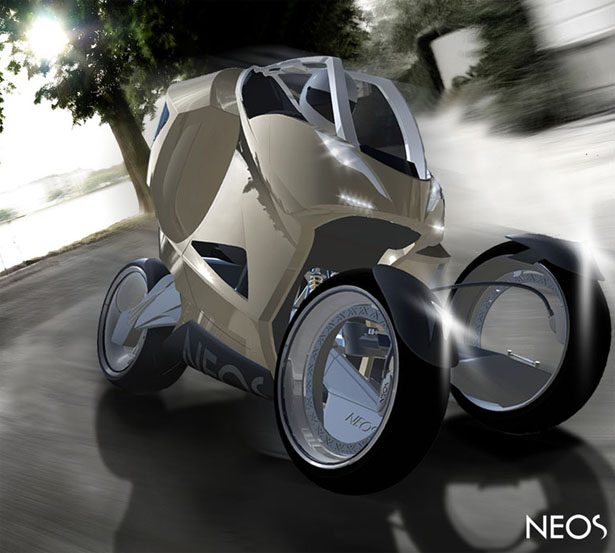
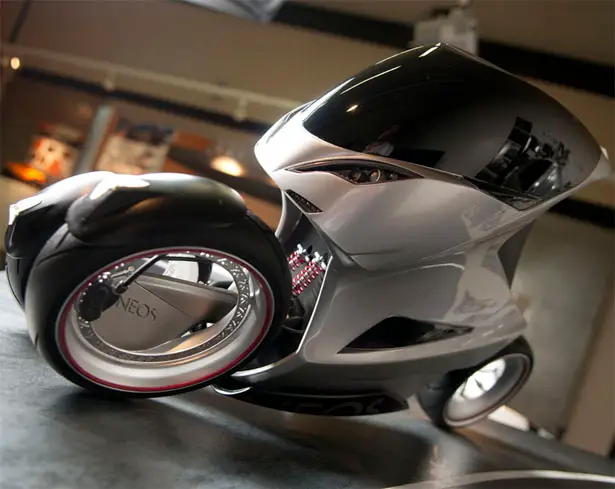


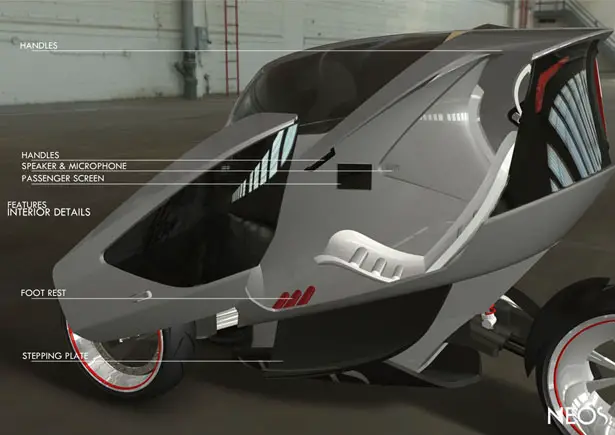

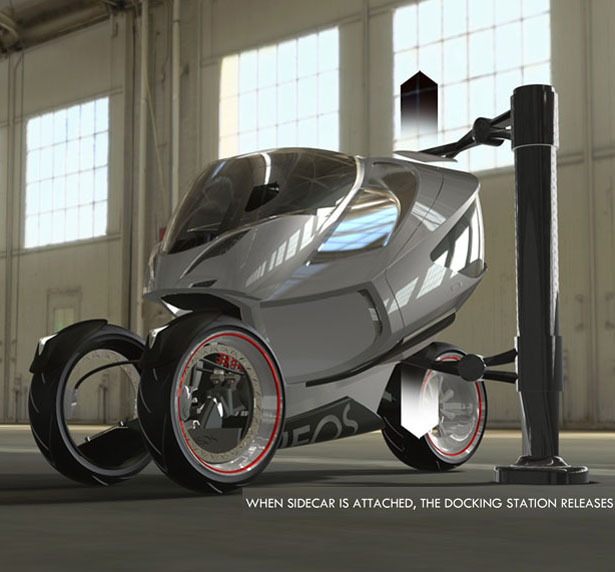
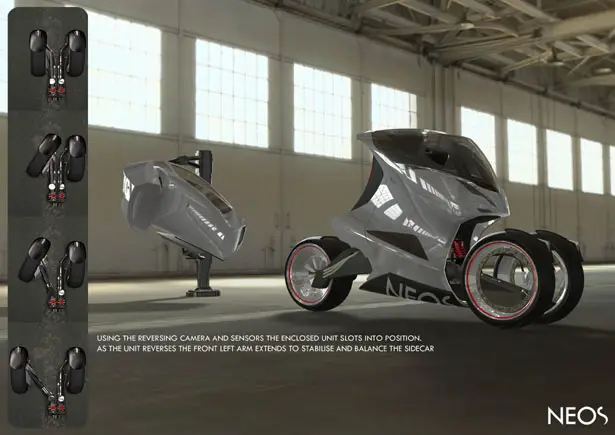

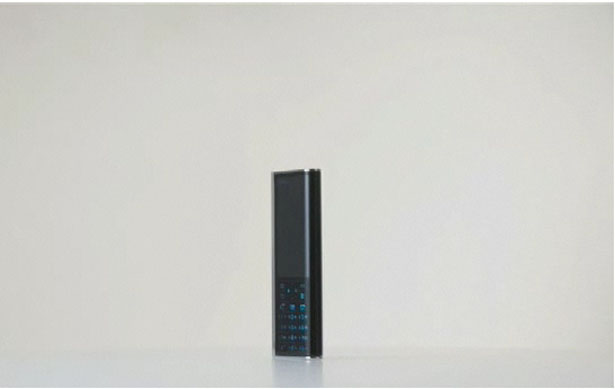
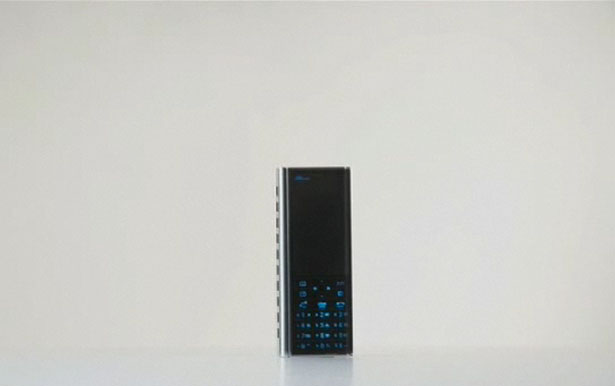
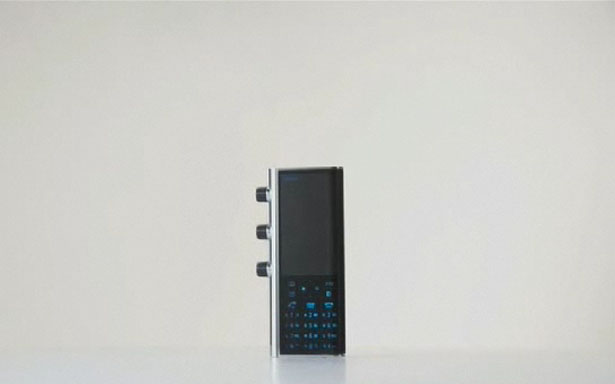
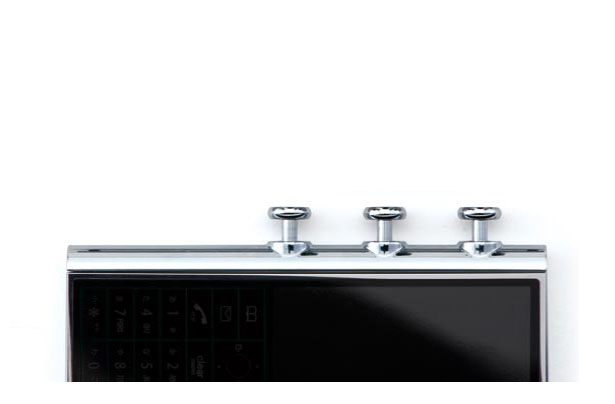




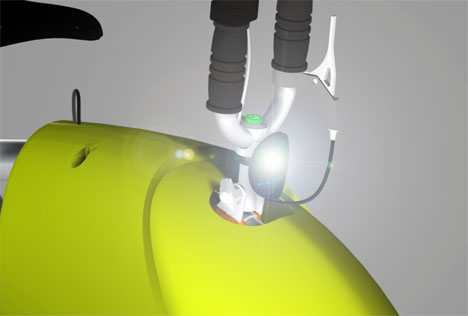
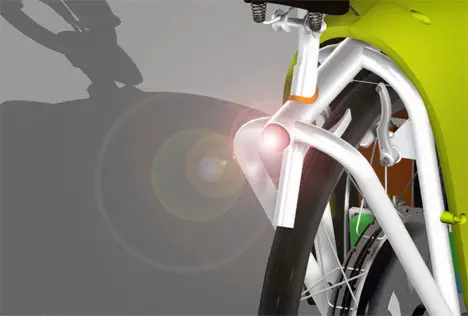

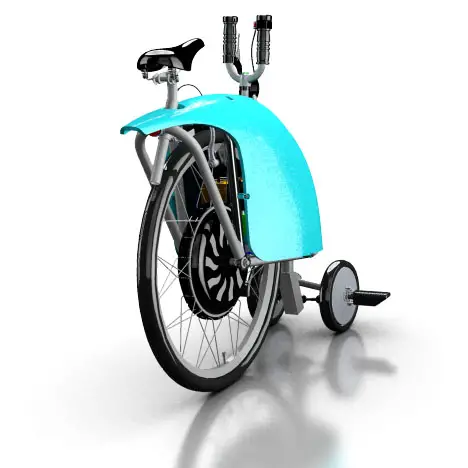
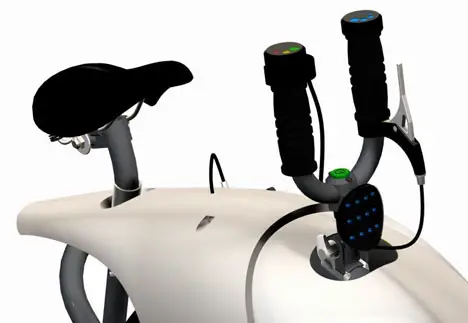
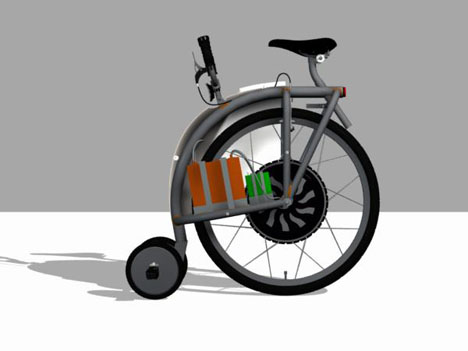
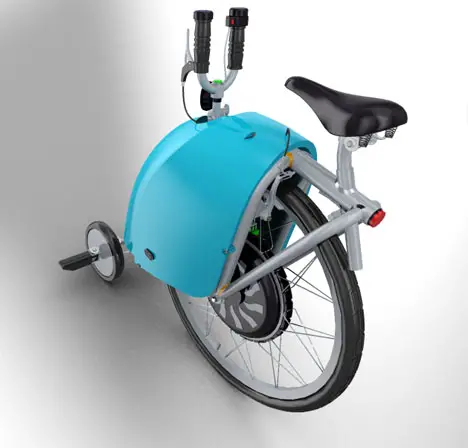
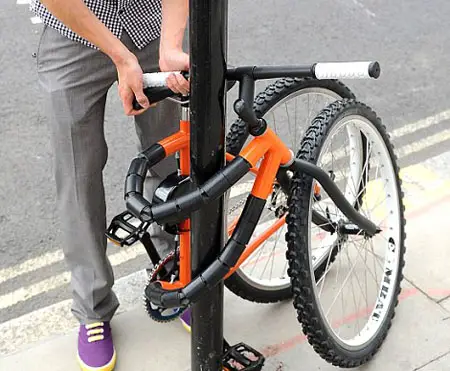

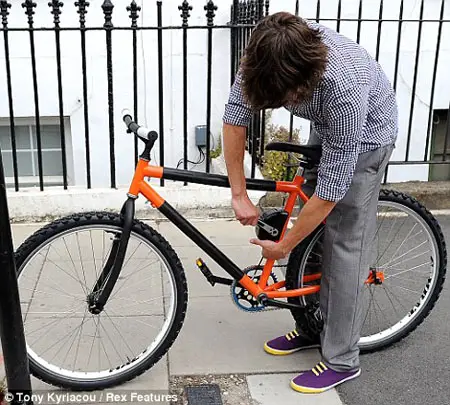
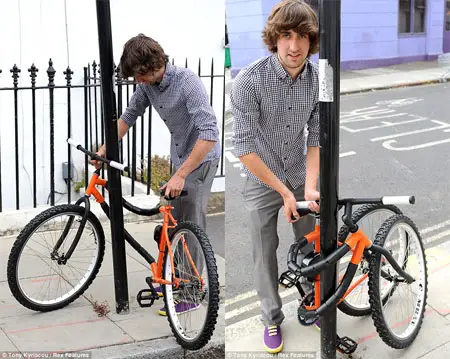
.gif)
.gif)

